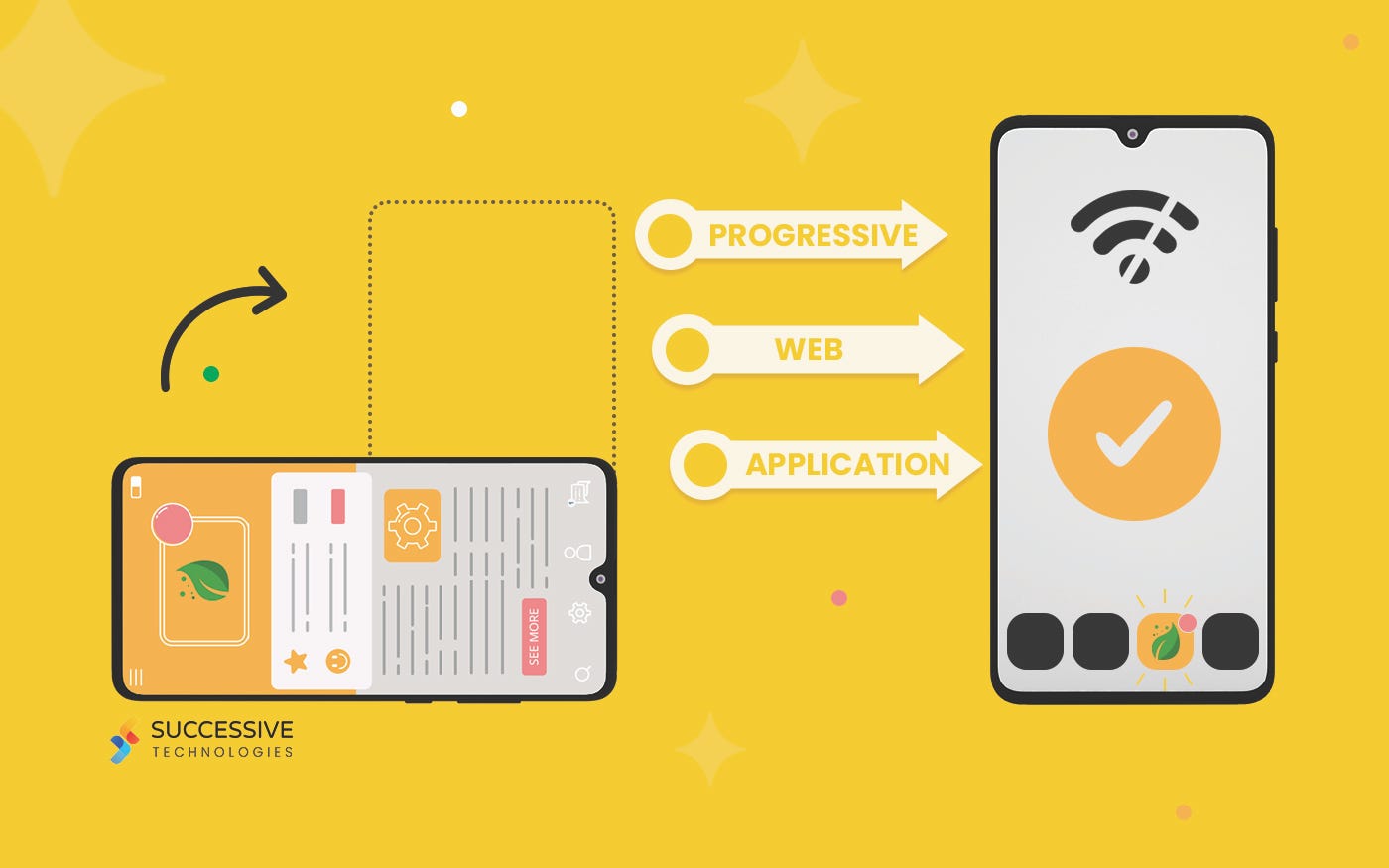Introduction:
In a world dominated by smartphones, the demand for seamless and engaging mobile experiences has never been higher. Enter Progressive Web Apps (PWAs), a revolutionary technology that is reshaping the landscape of mobile application development. In this article, we’ll delve into the rise of PWAs in the Mobile-First Era, exploring their benefits, features, and their impact on user experience.
The Mobile-First Paradigm:
The Mobile-First approach in design and development reflects the current reality where a significant portion of internet users access content and services through mobile devices. With the proliferation of smartphones, businesses and developers are increasingly focusing on creating mobile-friendly solutions. PWAs emerge as a key player in this paradigm, offering a bridge between the capabilities of native mobile apps and the accessibility of web applications.
Understanding Progressive Web Apps:
Progressive Web Apps are web applications that leverage modern web technologies to provide users with an app-like experience directly through their browsers. Unlike traditional web apps, PWAs can be installed on a user’s device, allowing for offline access and quicker load times. Key features include push notifications, responsive design, and the ability to access device hardware functionalities.
Benefits of PWAs:
- Cross-Platform Compatibility: PWAs eliminate the need for separate development for various platforms, ensuring a consistent experience across different devices and operating systems.
- Offline Functionality: One of the standout features of PWAs is their ability to function offline, providing users with a seamless experience even in areas with poor or no internet connectivity.
- Improved Performance: PWAs are designed to load quickly, providing users with a smooth and responsive experience. This is crucial for user retention and engagement.
- Reduced Development Costs: Developing a PWA can be more cost-effective compared to building separate native apps for different platforms, as it leverages existing web technologies.
The Impact on User Experience:
PWAs have a significant impact on user experience, addressing some of the common pain points associated with traditional mobile apps. The seamless transition between online and offline modes, coupled with fast loading times, enhances user satisfaction. The ability to install PWAs directly from the browser eliminates the friction of app store downloads, making it more convenient for users to access and engage with content.
Case Studies:
Several prominent companies have adopted PWAs with remarkable success. Notable examples include Twitter Lite, which significantly reduced data usage and improved performance, and Alibaba, whose PWA resulted in a 76% increase in conversions across browsers.
Challenges and Future Outlook:
While PWAs offer numerous advantages, challenges such as limited access to certain device features and a learning curve for developers still exist. However, ongoing advancements in web technologies and increased adoption of PWAs by major players indicate a promising future for this technology.
Conclusion:
As the mobile-first approach continues to shape the digital landscape, Progressive Web Apps emerge as a powerful solution to meet the evolving needs of users and businesses alike. With their ability to deliver a seamless, fast, and engaging experience, PWAs are positioned to play a crucial role in the future of mobile application development.


